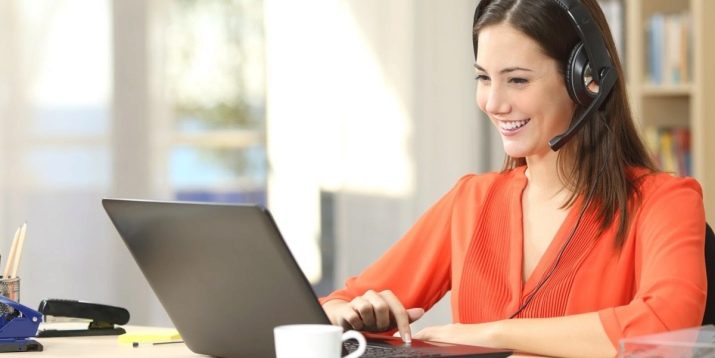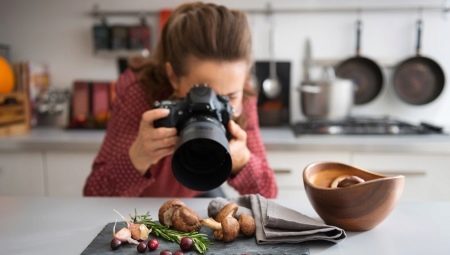Working as a food photographer is gaining more and more popularity these days. But before you devote yourself to this profession, you need to figure out who it is and how to become one.
Who is that?
As long as the food and beverage industry exists, the need for food bloggers will always be high. These people are in demand in restaurants, cafeterias selling fast food, and food companies. It is important for them to be on the hearing, have their own blog and regularly post posts on social networks, they need to cooperate with promotion agencies, and, of course, no one canceled media and contextual advertising. In all these cases, one cannot do without a specialist who can take photographs of food products so that they are not ashamed to put them on the pages of magazines and newspapers, to show them on television or on the Internet.
Professional photographers use special secrets of craftsmanship to make even the most ordinary food look more attractive in pictures.
The main task of a food photo specialist is to create spectacular and vivid images of food with a view to their subsequent use in the media, inclusion in advertisements and cookbooks.

In addition to the design of images, food photographers should also select objects for photographs. It is important that they have a good knowledge of cooking and cooking. It is no secret that most of these specialists began their careers in the field of catering. However, a photographer without such experience can also take pictures of food in the presence of practice and training.
There are at least two main ways that people can come to the profession of a photographer. The first is when fairly experienced photographers specializing in children’s, wedding or portrait photography want to expand their horizons and try themselves in some new direction. The second, more common way, is when food bloggers pick up a camera in their own hands and learn to shoot food products so that their posts on social networks or on the pages of Internet portals look more attractive.
Over time, they outgrow the level of their project, reputable companies, pastry chefs and culinary specialists start to invite them to shoot, after which they no longer become bloggers, but real food photographers who have an impressive volume of orders.

Pros and cons of the profession
Like any representative of the visual profession, every food photographer will certainly be pleased to see that his work is placed in newspapers and magazines, published on the pages of online publications or reproduced in some other way. A good professional always has a chance to make a name for himself, at work he will meet interesting people representing various projects - blogs, cookbooks, and also shows.
At the same time, a food photographer is always left to his own devices, so he can build his work schedule in accordance with his capabilities, employment and mood. If desired, he can always arrange an unscheduled weekend and not suffer from the interpersonal intrigues that often accompany workers in large companies.
The activity of a food photographer provides an opportunity for self-realization and turning a hobby into a real business that brings significant income. A creative person can always realize his creative dreams and plans through photography.
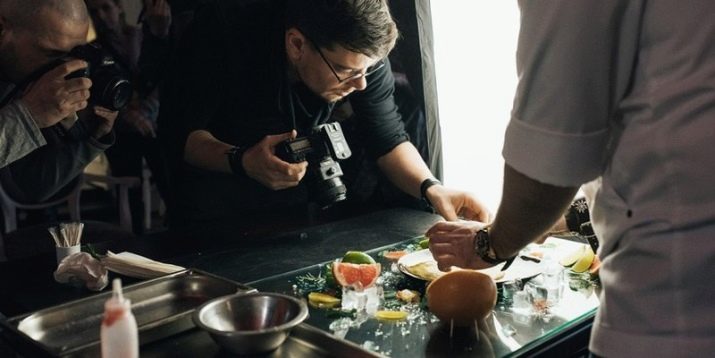
However, there were some shortcomings. Despite the high demand for representatives of this profession, not every specialist in the field of photography will undertake this painstaking work. This specialist is faced with many problems:
- monotony, routine and scrupulousness of work;
- a high level of stress in a situation where frames are unsuccessful and the plan cannot be implemented;
- in order to qualify for cooperation with major publications, the photographer needs expensive equipment;
- the activity requires visiting photo shoots - this means that the food photographer must have his own transport or spend his own money to pay for the hired;
- as a rule, employers set rather limited terms for order fulfillment, do not add optimism and constant worries about the opinion of the customer - these people often face unsatisfactory customer ratings.
Well, of course, given the high demand and good level of payment for specialists in this field, today there is a fairly high and rather fierce level of competition.


Like any other specialist engaged in the creative field, the food photographer always thinks about his projects. As practice shows, even during their holidays, they unwittingly reflect on their customers, the latest trends and modern food equipment. This is not surprising, because during the execution of orders the photographer’s reputation is at stake, therefore, every time, taking products and dishes for the customer, this specialist must give all his best.
The photographer must be distinguished by an increased level of responsibility, since he will have to make all decisions independently. In addition, there will always be people everywhere who are unable to appreciate the art professions. They will ask questions about why they should pay a large amount just for pressing the shutter button. Such comments should be responsive.
Any shooting requires new original ideas, so “all at once” you will not succeed.However, over time, the photographer will exhibit his compositions faster and faster, learn to distinguish contrasts and adjust the appropriate lighting parameters.
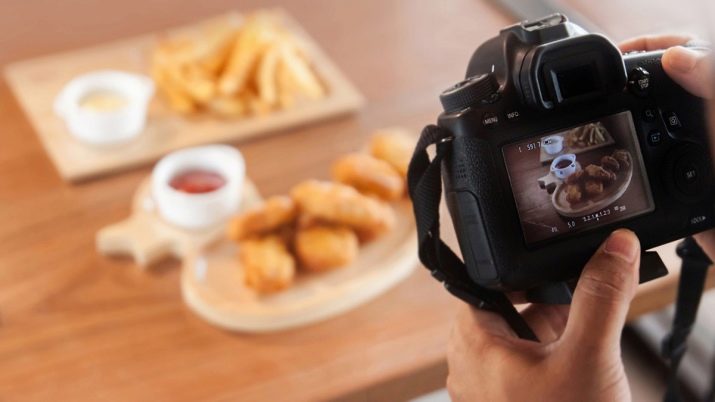
It is very important for a photographer to keep abreast of fashion trends. This means that he should devote a lot of time to studying domestic and foreign experience in the field of photographing products. Food photography is difficult not only morally but also physically - the photographer often has to climb up the stairs with his equipment or stand in a crooked position all day, taking several hundred dishes for a cookbook or delivery service.
It should be prepared for the fact that at first the work is unlikely to bring a lot of money. Most often, young food photographers combine office work and photography-related activities. It is very important at this time not to lose your fuse - with due determination and self-improvement in the profession, sooner or later, the photographer will begin to turn to orders. As a rule, after the income from filming begins to block the salary that the photographer receives in the office, he goes on a freestyle.
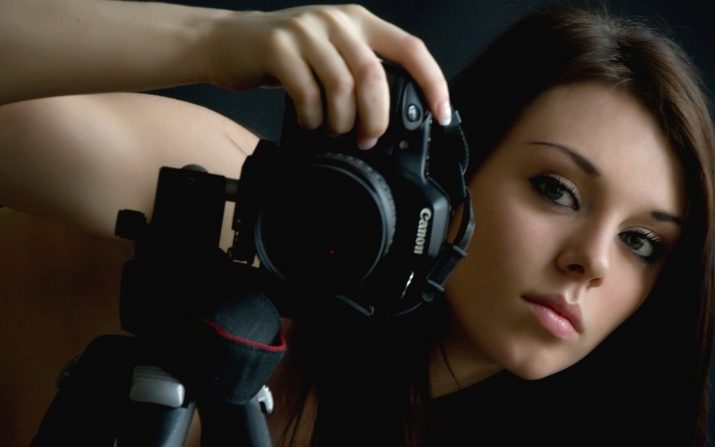
Requirements
In order to most effectively capture a dish or any product, the photographer must know his subject well, be able to handle the tools of a professional photographer. Food photography requires good knowledge, not only technical, but also those related to the food itself. Beginning experts in this field should be able to cook and “understand” food, not necessarily at a professional level, but at least at a level to be able to discuss all aspects of photography with their potential client.
Food photography is one of the modern varieties of still life, which is why specialists in this field should have a meticulous look and attention to every detail.
It is important that they are ready to devote the lion's share of their time and patience to each picture.
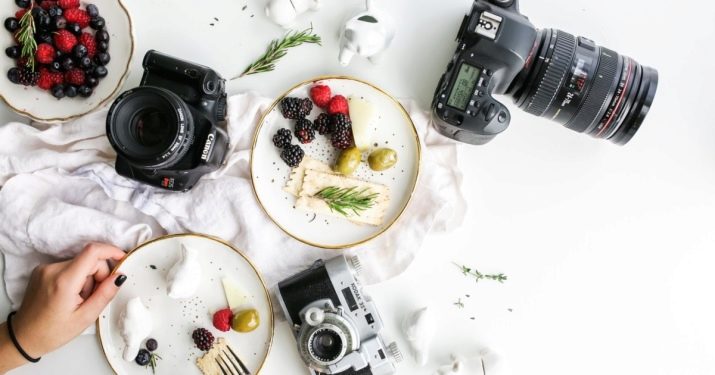
Employment
Most often, photographers are contacted restaurants in order to make handouts and snapshots of their dishes. Moreover, a specialist in this field can find work either within the framework of only one company, or as a freelancer, working for several customers at once.
The list of customers and potential employers is complemented by large corporations and companies involved in the manufacture of food products. Food photos are required for them to post their products. on the site and in brochures. In addition, the activities of specialists are in demand among publishers of magazines or cookbooks, as well as online portals devoted to cooking.

How to become
In order to become a professional photographer, you need to learn a lot. Keep in mind that there is no educational institution that trains food photographers, so a novice specialist must learn everything himself. There are quite a few free blogs and tips on YouTube and Instagram these days. - in them you can find information not only about the shooting itself, but also about issues such as retouching photos, searching and processing details. If you have a good command of a foreign language, it makes sense to pay special attention to foreign websites, as in America and European countries the direction of food photography is more common than in Russia.
In addition, you can always listen to special webinars, thematic conferences and communicate in professional chats.
Learning from successful examples is very useful: The work of food bloggers such as Pyotr Karasev, Yulia Cosmo, Daria Voronina and Dina Belenko is in great demand, many novice experts use the Internet channels of Eduard Zhukov, as well as Insta blogs of Maxim Mordvintsev and Danila Snega.

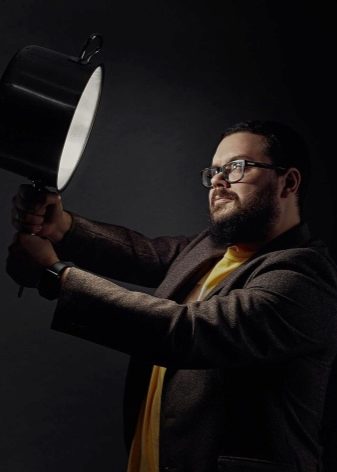
If you want to learn how to take photos faster, it makes sense to pay attention to special courses - there are a lot of them on the Internet.Keep in mind that such courses are usually paid: a good course with homework and feedback from the curator costs about 15-25 thousand rubles. Basic courses and master classes cost 10-15 thousand rubles, all kinds of webinars, as a rule, are estimated at about 3 thousand rubles.
